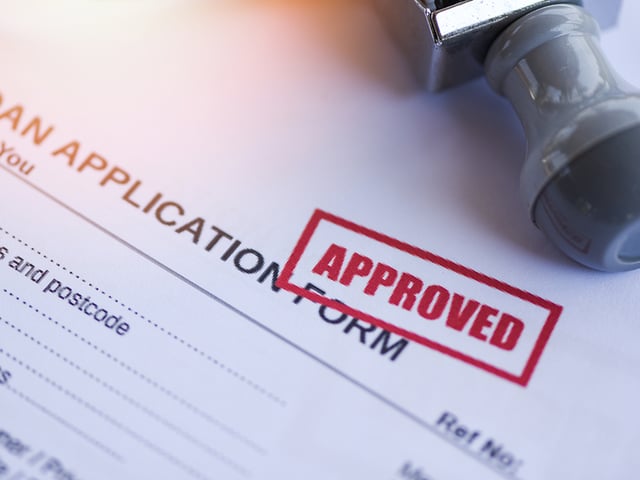
The Mortgage Loan Process
The mortgage loan process can be daunting for individuals who have never gone through it before. However, if you are considering purchasing a home and securing a mortgage, it is a good idea to have a basic understanding of how the process works. There are three phases of the mortgage process: pre-loan activities, the application phase, and approval and closing.
Pre-Loan Activities
Prior to looking for the ideal home, it’s a good idea to get pre-approved or pre-qualified for a mortgage. This involves shopping around and selecting a lender. While this process may seem straightforward, there are a lot of factors to consider, such as the interest rate and customer service record. A mortgage is a long-term contractual obligation, so you will want to select a lender with a strong reputation. When you have selected a lender, you can go through the preapproval process. This process will help you to determine how much funding you can secure and provide you with an estimate of what your property taxes and insurance rate will be. It may also identify any credit problems you may have to make the process go much more smoothly once you have selected a home.
Application
Once you’ve been pre-approved, you may begin looking for your ideal home. When you have identified a potential property, it’s imperative to understand all of the variables involved in pricing. Real estate agents can assist with this by preparing competitive market analyses that will help to determine a fair offer. They can also help you to understand the negotiation process and strategize accordingly. You may also have a home inspection conducted to ensure there are no surprises when the purchase is finalized. With this knowledge in hand, you can make an offer on the home and negotiation begins until an agreement is reached.
Approval and Closing
With an agreed upon price (including any contingencies), both parties will enter into a purchase contract to formalize their intentions. This contract is sent to the lender, who will then initiate the loan underwriting. This means doing a deeper dive into your finances than was required for pre-approval. They will likely request documentation of your current pay, most recent 2 years of income tax returns or W-2s, details about any outstanding debt, recent bank account statements and any additional information that may impact your finances.
Provided all goes well and the mortgage is approved, you can then close on the home. A closing is a meeting of all of the involved parties in which the paperwork for the purchase is signed. You’ll have to bring a certified check or initiate a wire transfer to cover closing costs and down payment. The closing costs can include a number of different fees, including but not limited to: an application fee, an appraisal, attorney’s fees, escrow fees, an escrow deposit, lender fees, prepaid interest, and any other fees that apply. At this point, you will finalize the paperwork, and the mortgage will be completed. You will receive information that gives you finalized details about your mortgage loan, including loan terms, monthly payments, and the amount of all fees.
Being aware of the entire mortgage loan process can help prepare you to enter into home-buying with knowledge and confidence.
Keep Reading

Real Estate License Exam Blog
How Hard is the Texas Real Estate Exam?
Starting a real estate career in Texas is an exciting venture. One of t…

Real Estate License Exam Blog
What’s on the California Real Estate Exam?
The California Real Estate Exam is a critical step for anyone looking t…

Real Estate License Exam Blog
How to Do Well on the Georgia Real Estate Exam
The Georgia Real Estate Salesperson Examination is required by the Geor…